Driving force: HOK pioneers the return of innovative stadium design in Atlanta
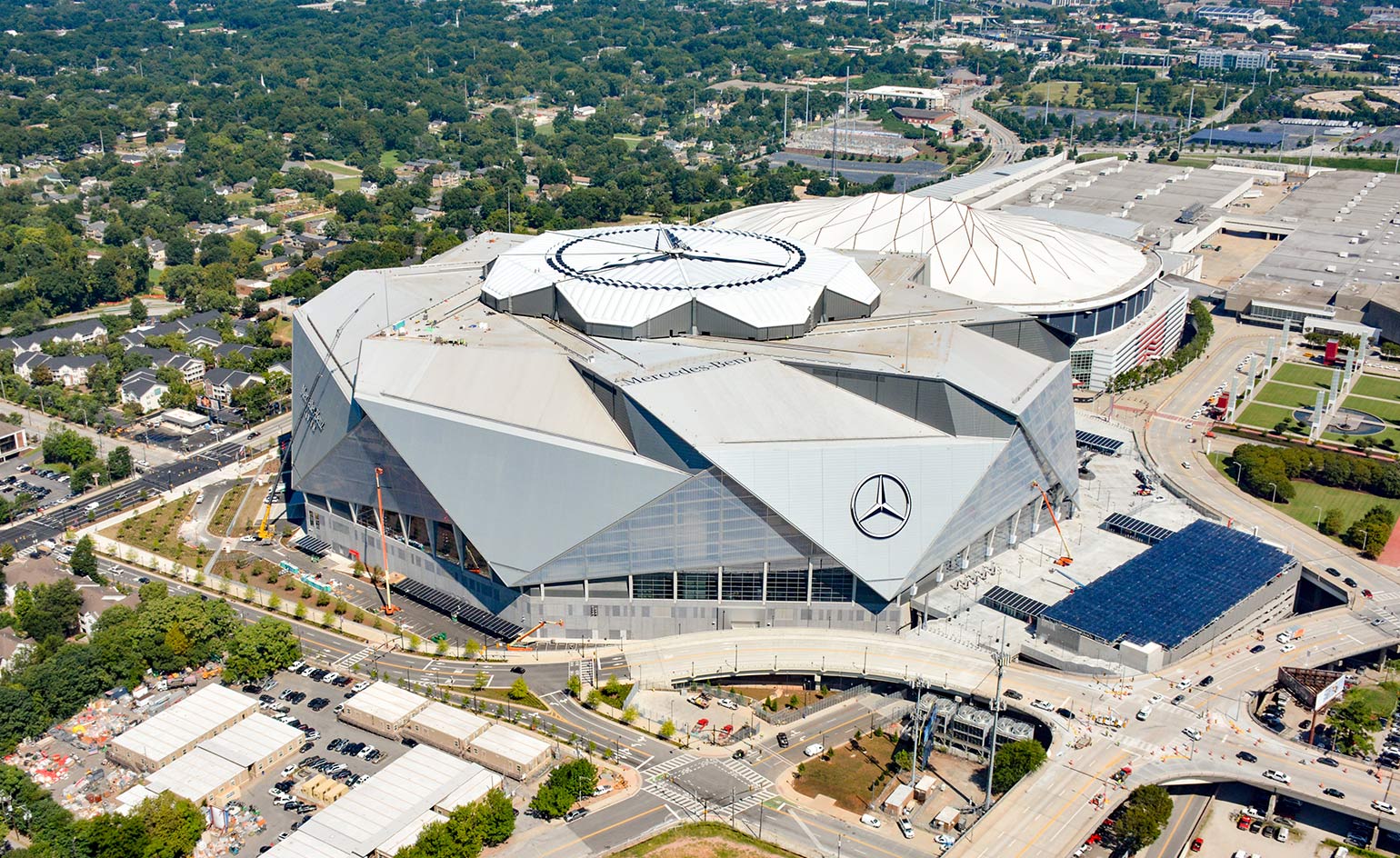
American Sports stadiums have a long history of innovation, including the world’s first retractable roof sports stadium (Pittsburgh’s now-demolished Civic Arena, 1961), the first multi-purposed domed stadium (Houston’s Astrodome, 1965), and North America’s first retractable grass field (University of Phoenix Stadium, 2006).
But with few exceptions, that spirit of innovation has experienced a lull, according to HOK design principal Bill Johnson, brought on by a sense that nostalgia, luxury boxes, and larger and larger jumbotrons have become more important than spectacular design. That is, until the opening of his firm’s Mercedes-Benz Stadium in Atlanta, home to the Atlanta Falcons football team and Atlanta United FC soccer team.
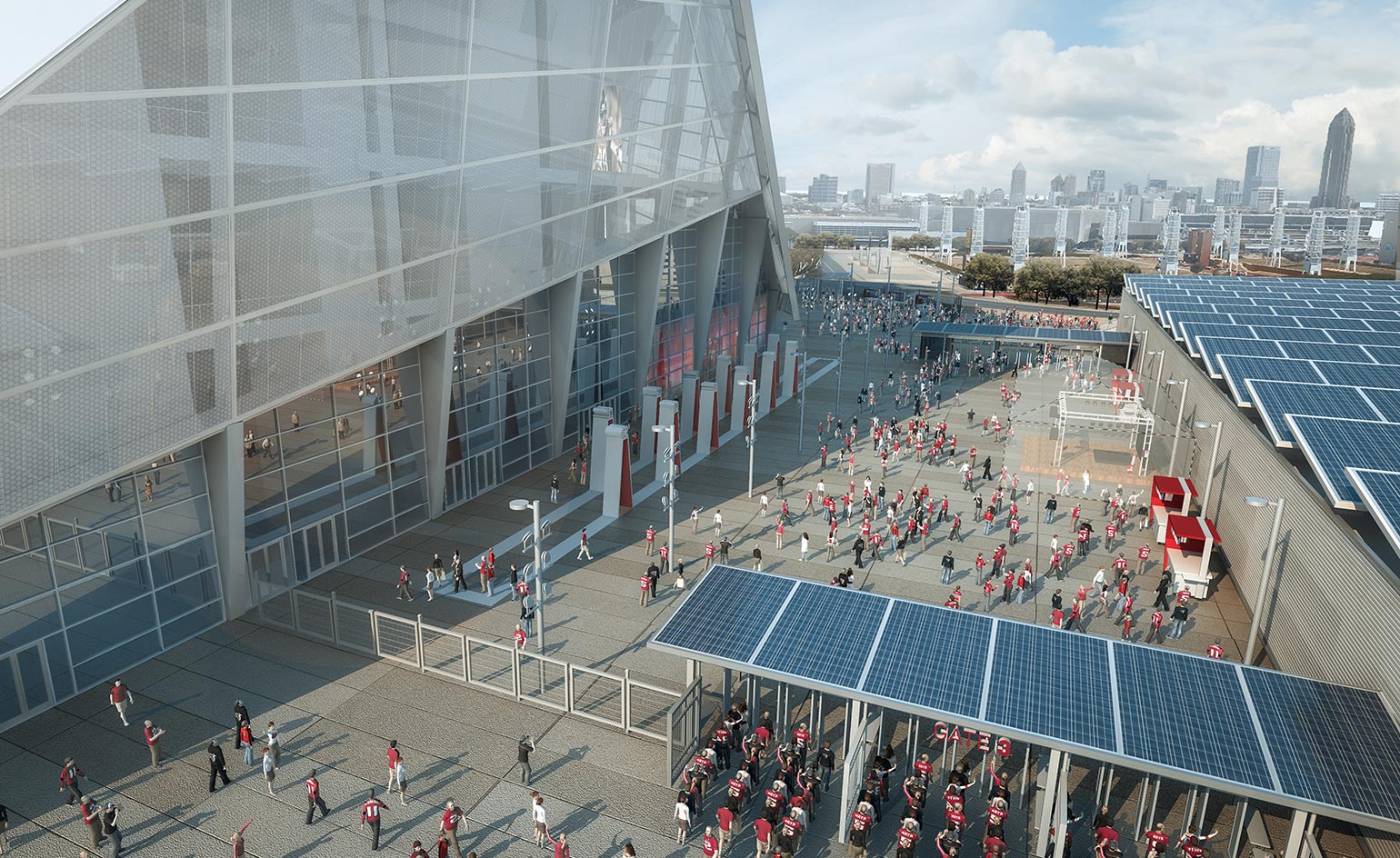
The front porch view of the stadium from the north
The signature of the new facility, located just next to Atlanta’s Georgia Dome on the western edge of Downtown, is its ‘Ocular Roof’, which features eight ETFE-clad petals that slide past each other simultaneously on steel trusses, simulating an opening flower or camera aperture, and eliciting more than a few gaping expressions. The apparatus – emblazoned, of course, with the Mercedes-Benz logo – can open or close in about ten minutes.
‘The most important spot on the football field is the 50-yard line,’ says Johnson. ‘We thought, “What if we created a roof that opened from the centre and moved away?”’ Another inspiration, it turned out, was the Pantheon in Rome, whose central oculus was designed to focus light, and attention, on the emperor’s entry.
The roof’s lightweight ETFE membrane allows natural light to filter inside, as does the building’s ‘Window to the City’, a floor-to-ceiling glass curtain wall that directs views east toward Downtown Atlanta. The rest of the stadium contains eight triangular steel and glass sections whose angular sides echo the logo of the Atlanta Falcons, and create a stunning imprint on the Atlanta skyline.
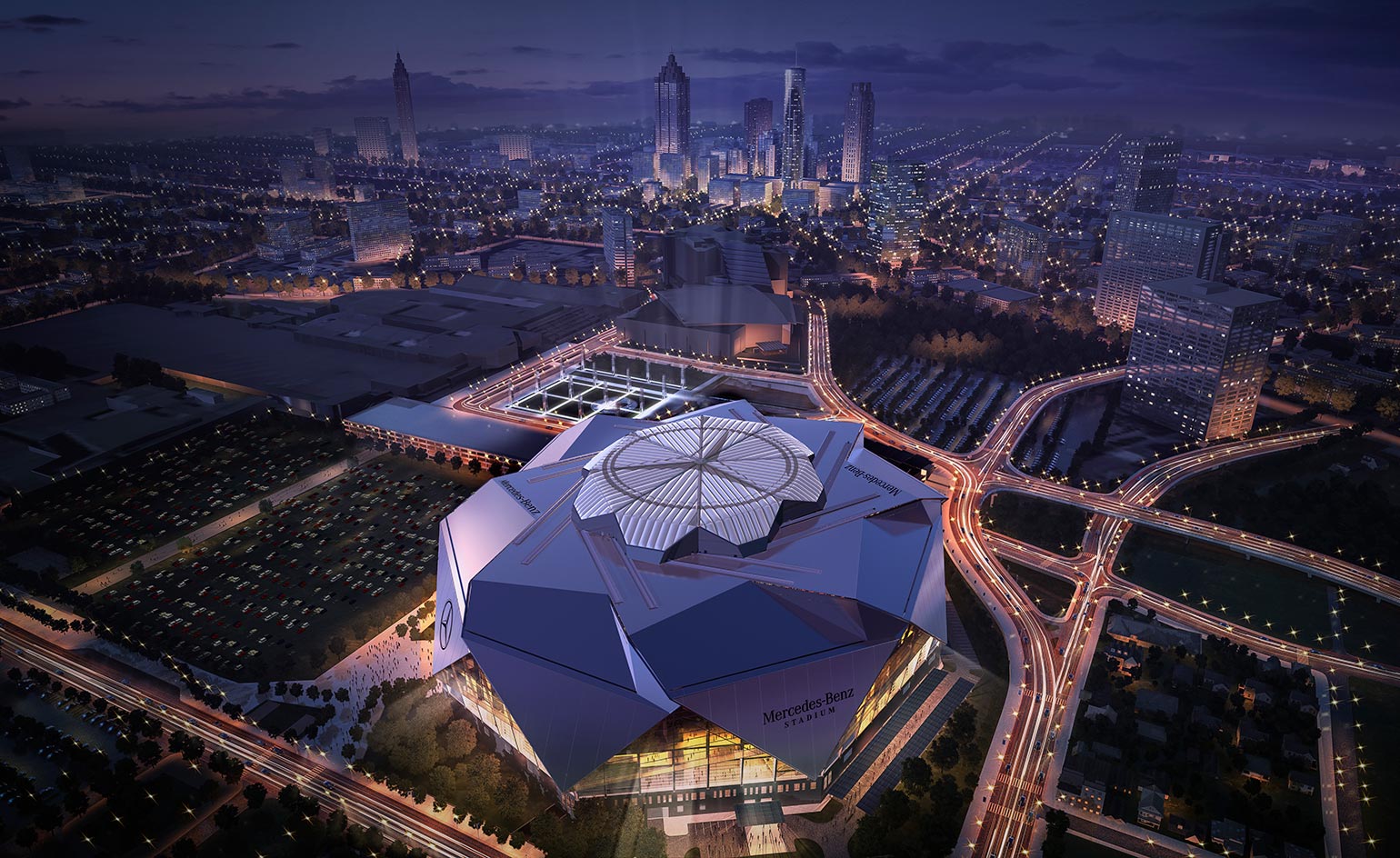
Aerial render by night with the skyline of Atlanta on the horizon
The stadium does still contain a jumbotron. But HOK rethought that too, creating what it calls the ‘halo board’, a six storey-tall, curved screen ringing the circumference of the roof opening. Digital displays change and move along its length, creating unique views throughout the seating bowl.
Moving through the stadium, you experience more surprises, from an art collection of more than 50 pieces, curated by the nearby Savannah College of Art and Design (SCAD); to a ‘front porch’, a public plaza just outside the structure highlighted by a 41ft tall, 73,000 pounds steel falcon sculpture.
‘We said from the outset we wanted a building that was unique to Atlanta and didn’t fit the phrase “this reminds me of”,’ says Rich McKay, president and CEO of the Atlanta Falcons. If this place reminds you of something else, please let us know.
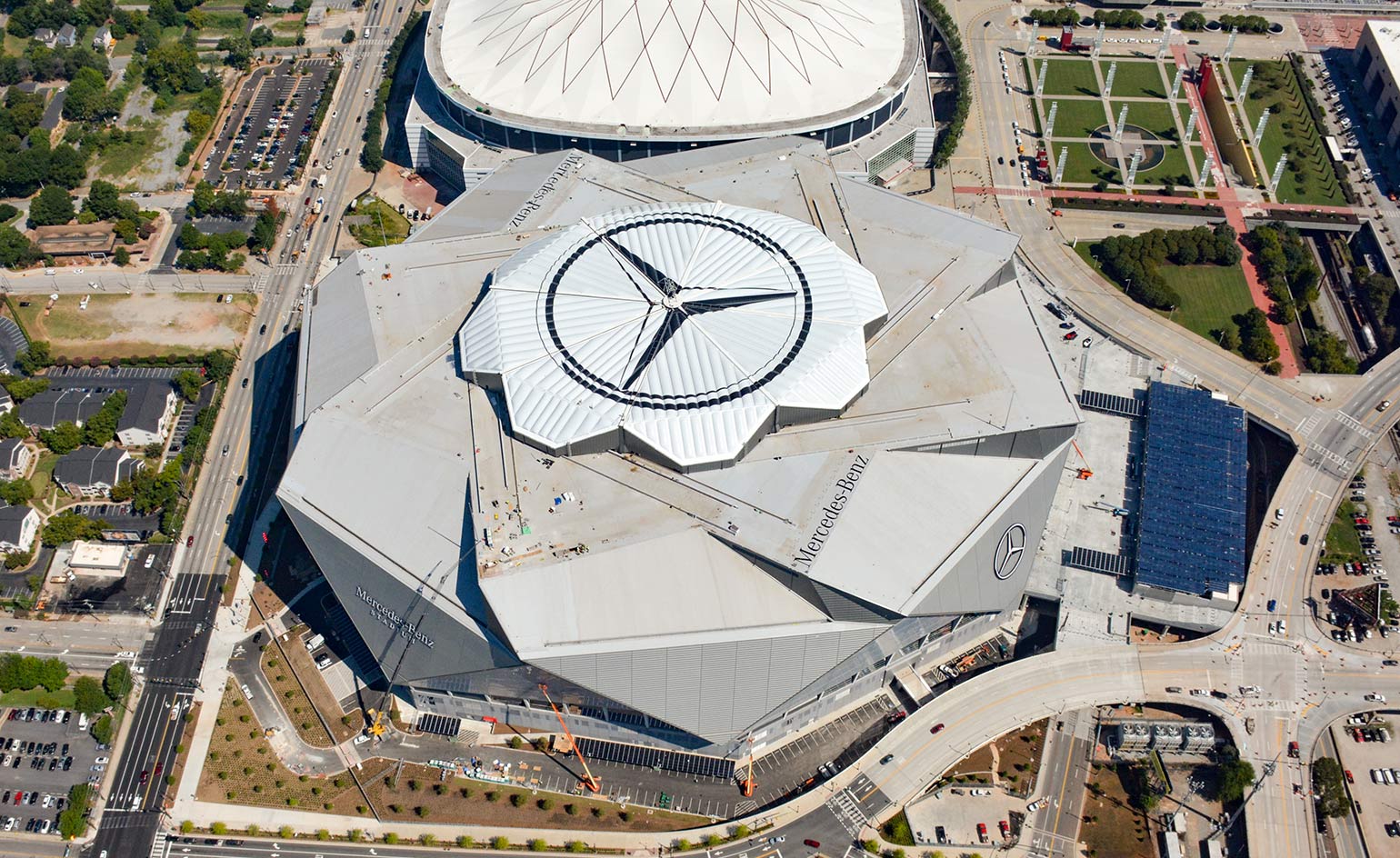
The ‘ocular roof’ features eight ETFE-clad petals that slide past each other simultaneously on steel trusses
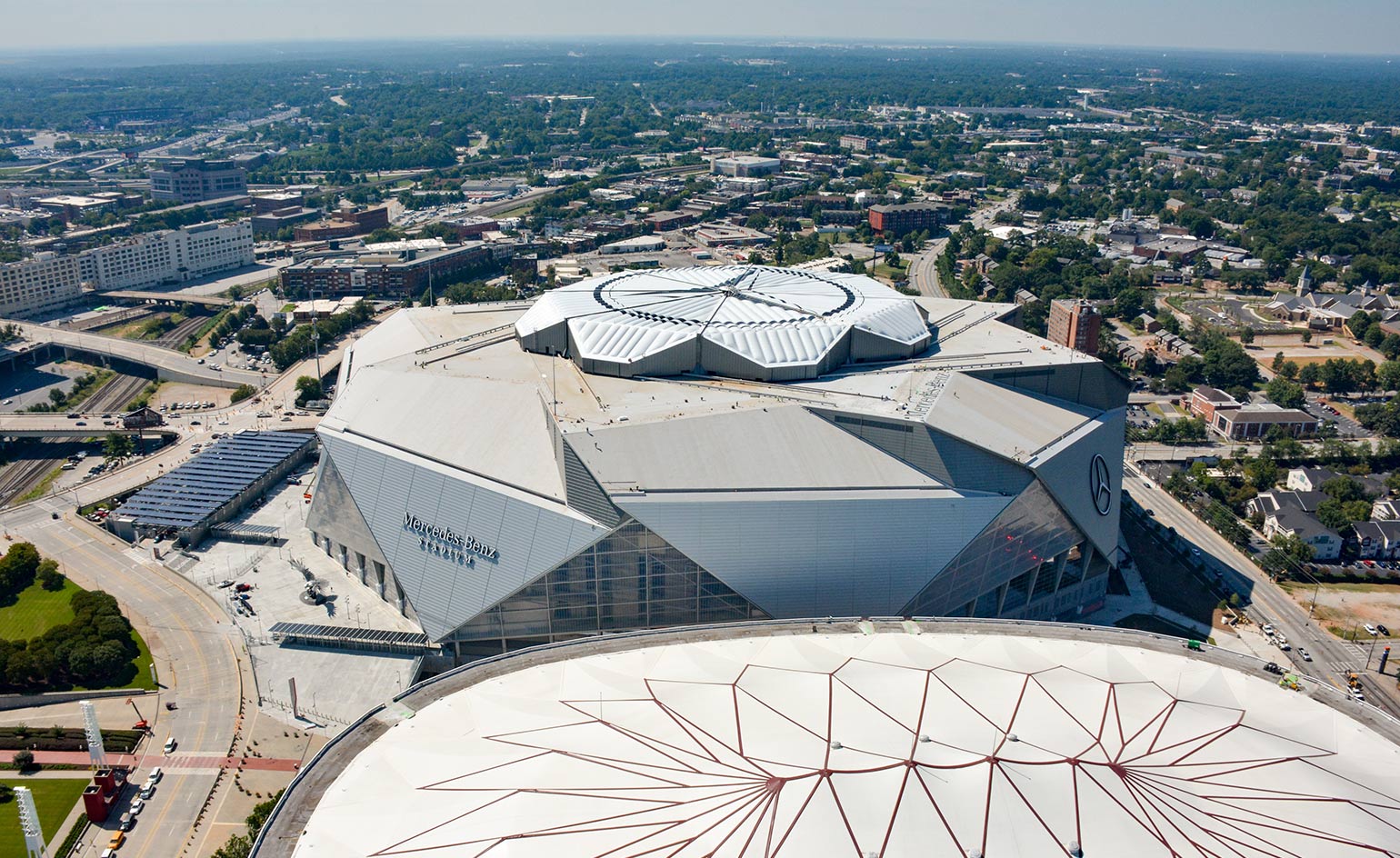
The design was inspired by the Pantheon in Rome
INFORMATION
For more information, visit the HOK website
Wallpaper* Newsletter
Receive our daily digest of inspiration, escapism and design stories from around the world direct to your inbox.
-
 Put these emerging artists on your radar
Put these emerging artists on your radarThis crop of six new talents is poised to shake up the art world. Get to know them now
By Tianna Williams
-
 Dining at Pyrá feels like a Mediterranean kiss on both cheeks
Dining at Pyrá feels like a Mediterranean kiss on both cheeksDesigned by House of Dré, this Lonsdale Road addition dishes up an enticing fusion of Greek and Spanish cooking
By Sofia de la Cruz
-
 Creased, crumpled: S/S 2025 menswear is about clothes that have ‘lived a life’
Creased, crumpled: S/S 2025 menswear is about clothes that have ‘lived a life’The S/S 2025 menswear collections see designers embrace the creased and the crumpled, conjuring a mood of laidback languor that ran through the season – captured here by photographer Steve Harnacke and stylist Nicola Neri for Wallpaper*
By Jack Moss
-
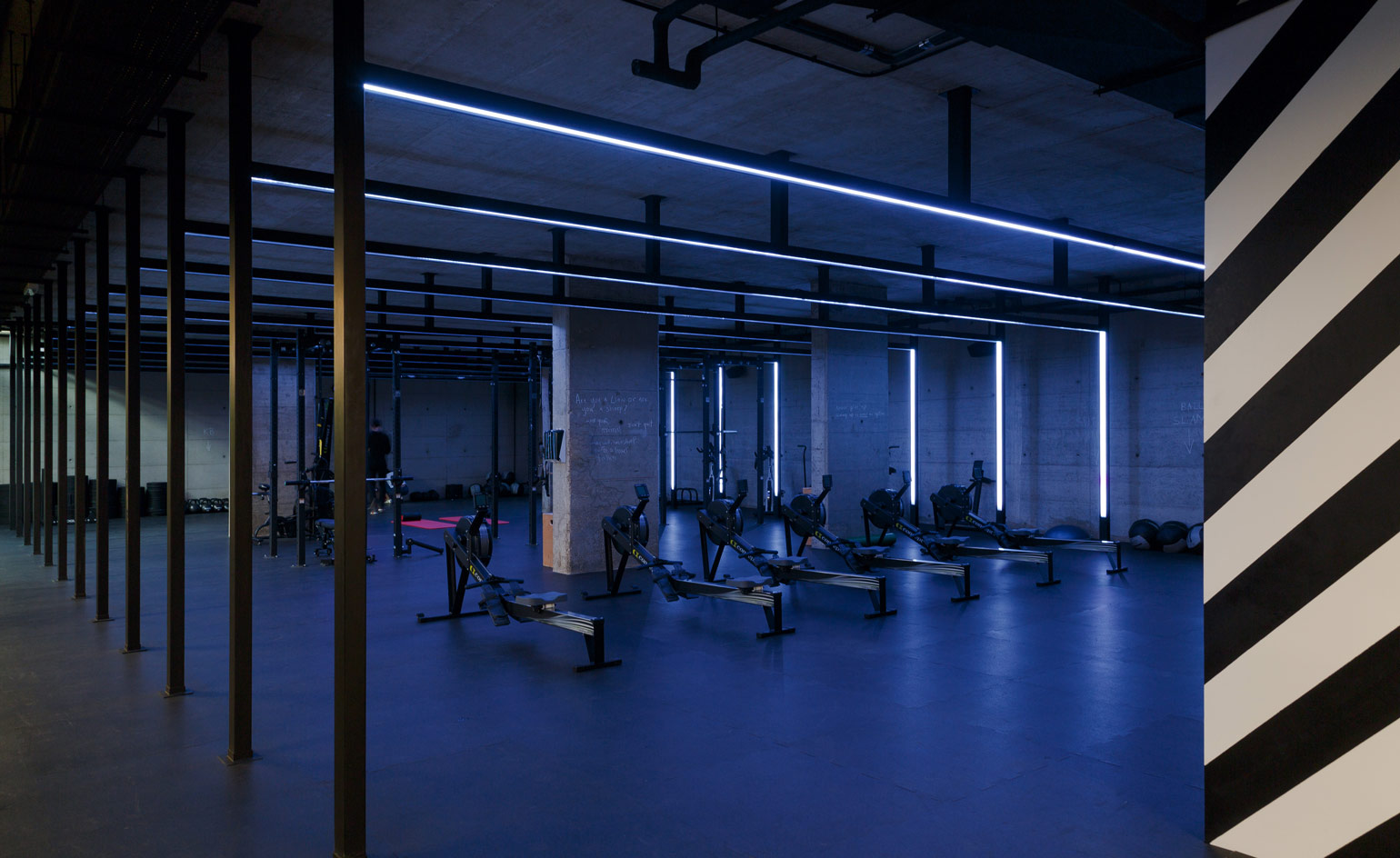 The best gyms around the world for design buffs in 2018
The best gyms around the world for design buffs in 2018By Mary Cleary
-
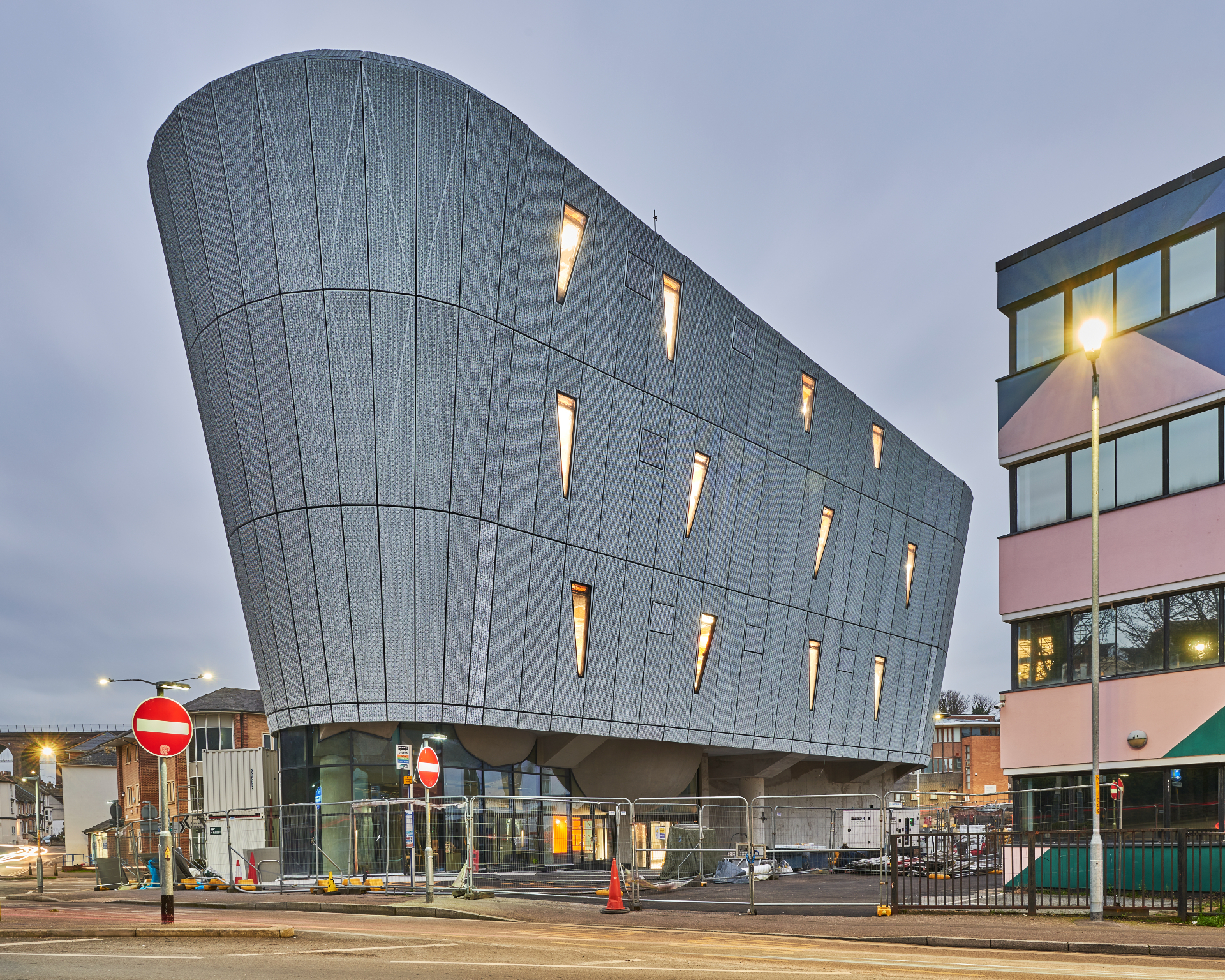 Skate park design goes to the British seaside with Guy Hollaway’s F51
Skate park design goes to the British seaside with Guy Hollaway’s F51F51 is Folkestone's brand new, dedicated, multistorey skate park, courtesy of the Roger De Haan Charitable Trust and Hollaway Studio
By Ellie Stathaki
-
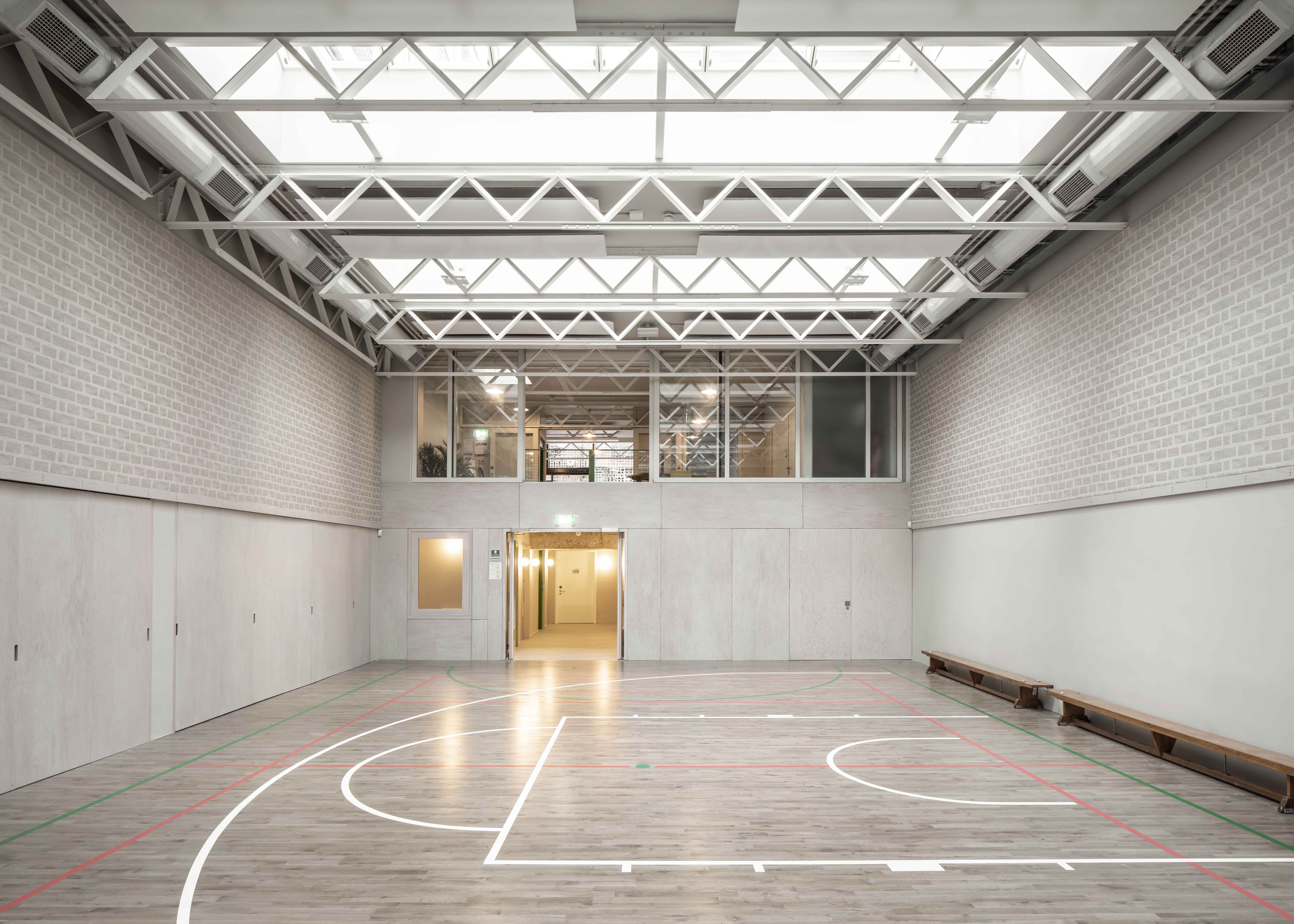 Community centre architecture redefined: Holborn House by 6a and Caragh Thuring opens
Community centre architecture redefined: Holborn House by 6a and Caragh Thuring opensHolborn House by 6a Architects and Caragh Thuring opens for the Holborn Community Association in London, bridging art and community architecture with people at its heart
By Ellie Stathaki
-
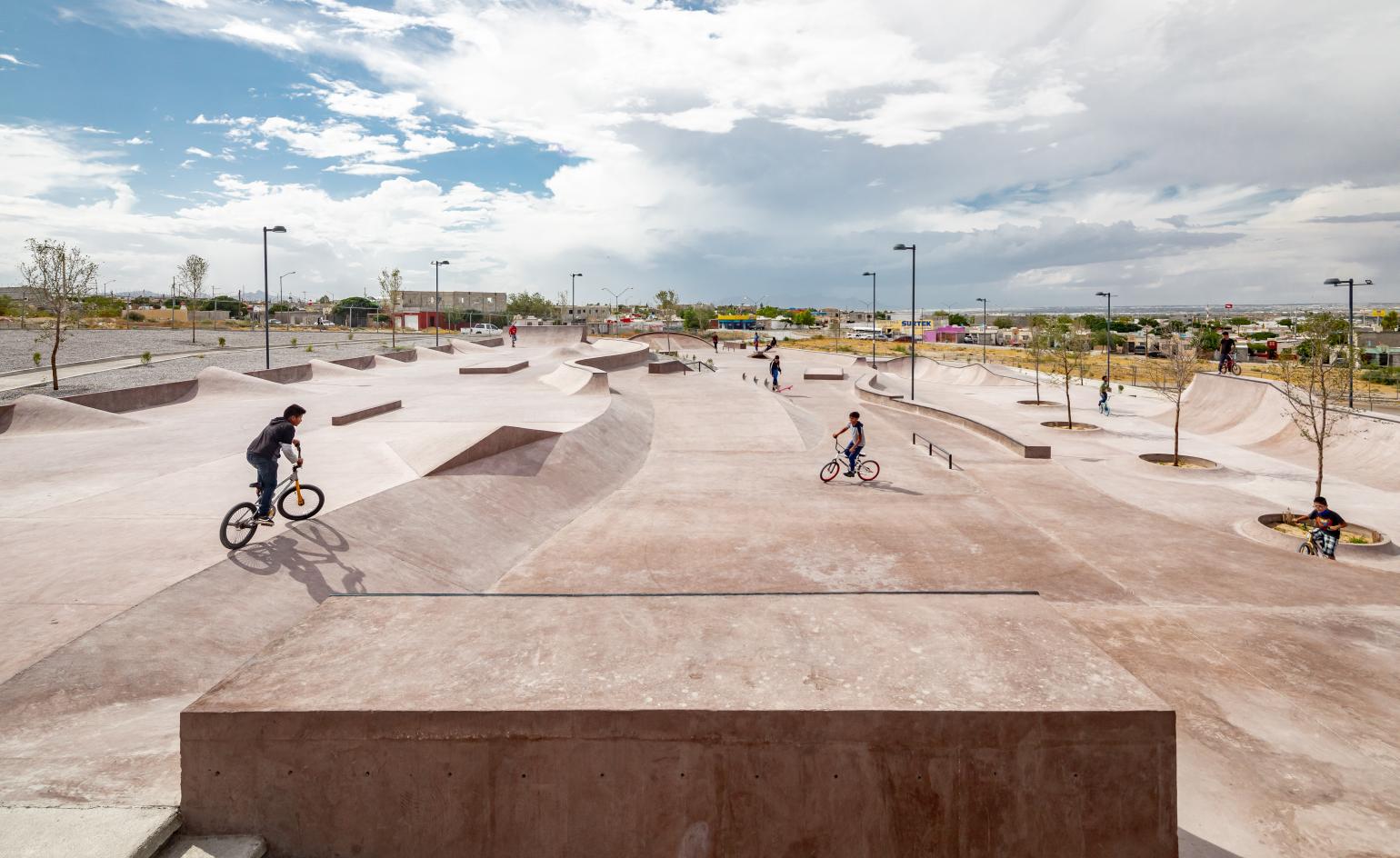 Pink concrete skatepark is a striking urban landmark in the Chihuahuan Desert
Pink concrete skatepark is a striking urban landmark in the Chihuahuan DesertA team of architects, landscape designers, sociologists and urban planners came together to create La Duna, a fine example of skatepark architecture on the northern border of Mexico
By Ellie Stathaki
-
 New York wellness retreats for plane-free escapes
New York wellness retreats for plane-free escapesJump on a train to recharge, restore and explore at these New York wellness retreats, all just a short ride from NYC
By Tilly Macalister-Smith
-
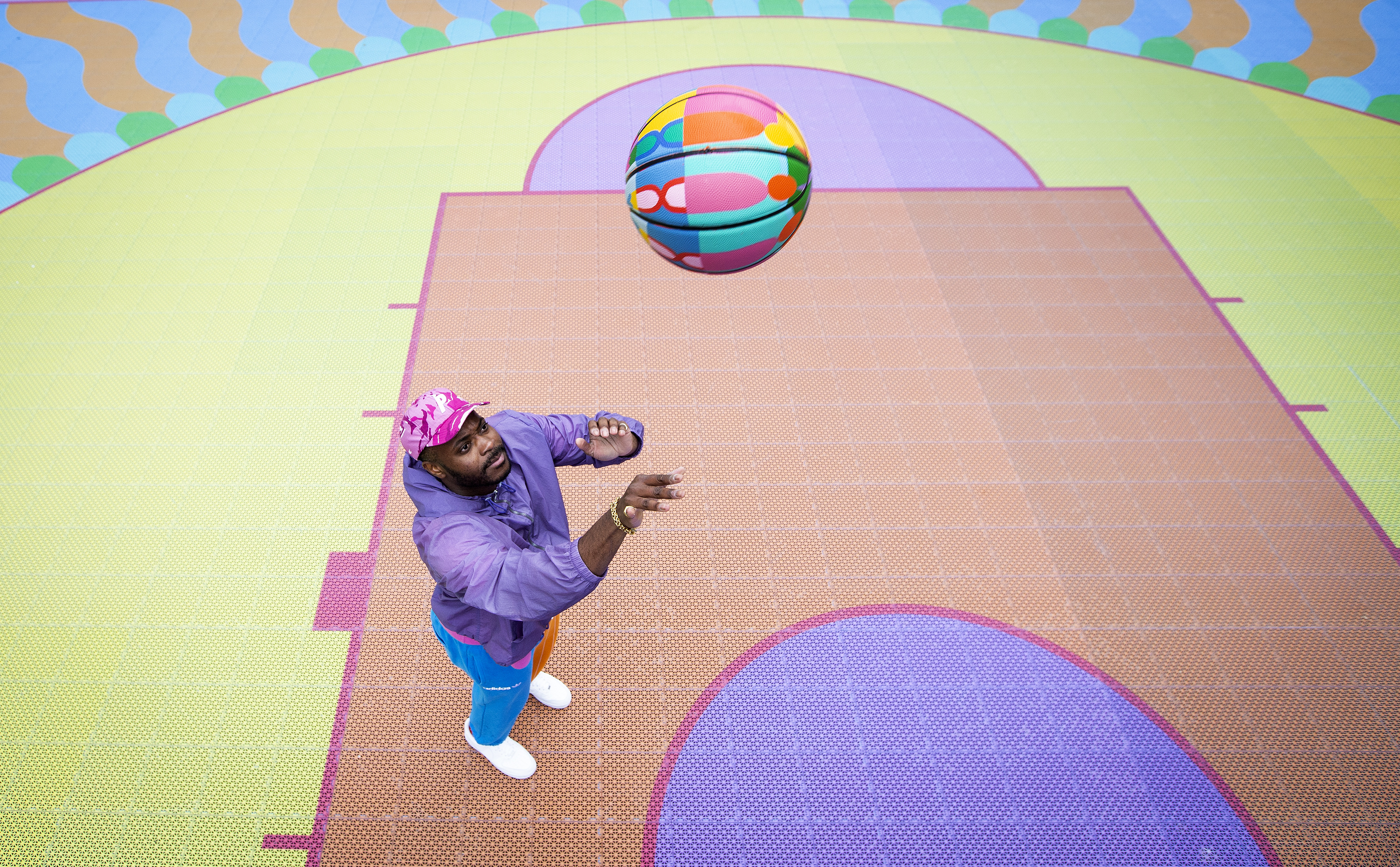 Last chance to play: Yinka Ilori's colourful basketball court in Canary Wharf is a slam dunk
Last chance to play: Yinka Ilori's colourful basketball court in Canary Wharf is a slam dunkArtist and designer Yinka Ilori applied his signature colourful geometries to his design for this new public basketball court in Canary Wharf, London
By Rosa Bertoli
-
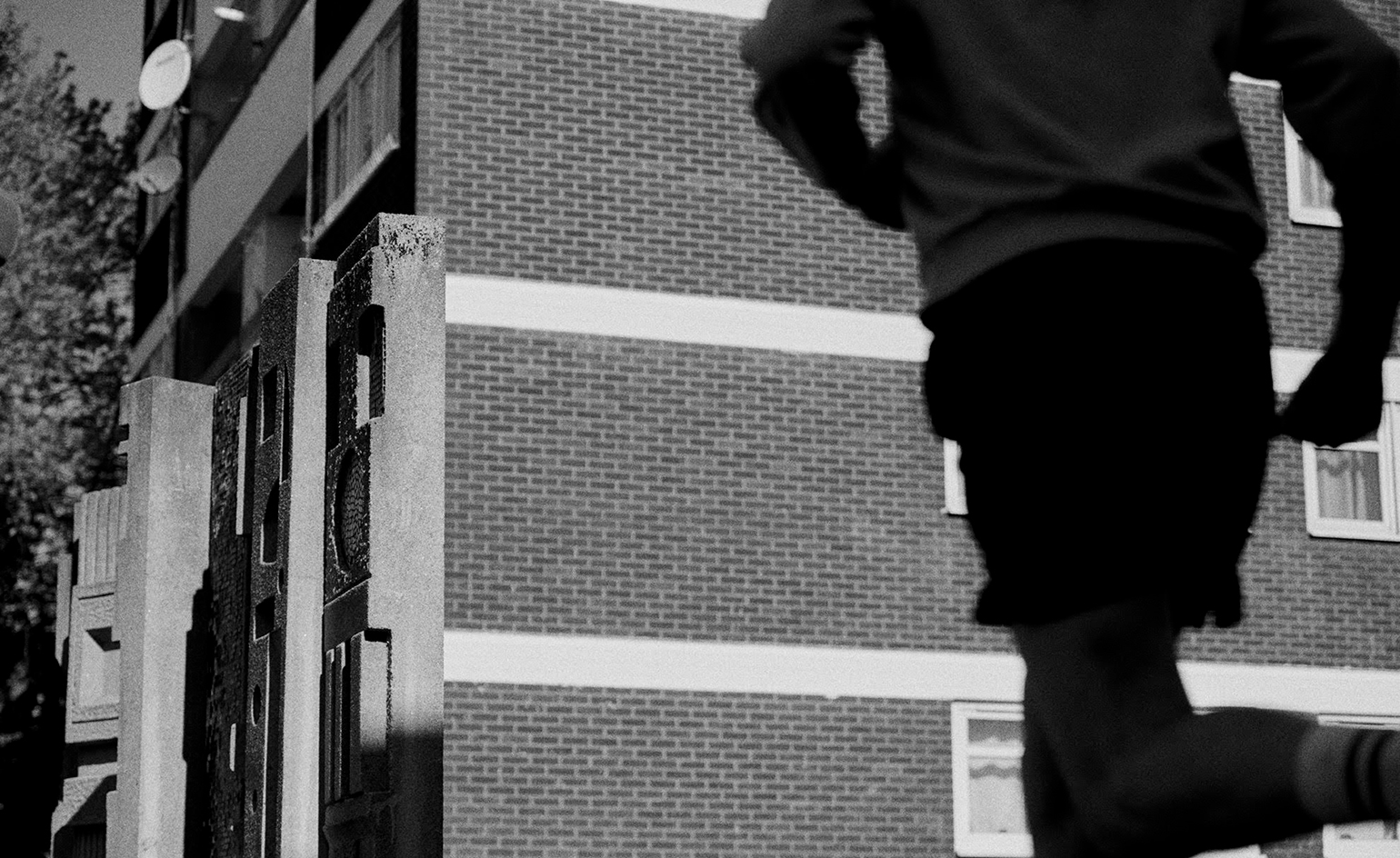 Building muscle: London architecture walks and runs
Building muscle: London architecture walks and runsTry these London architecture walks and runs for some physical and intellectual edification
By Simon Mills
-
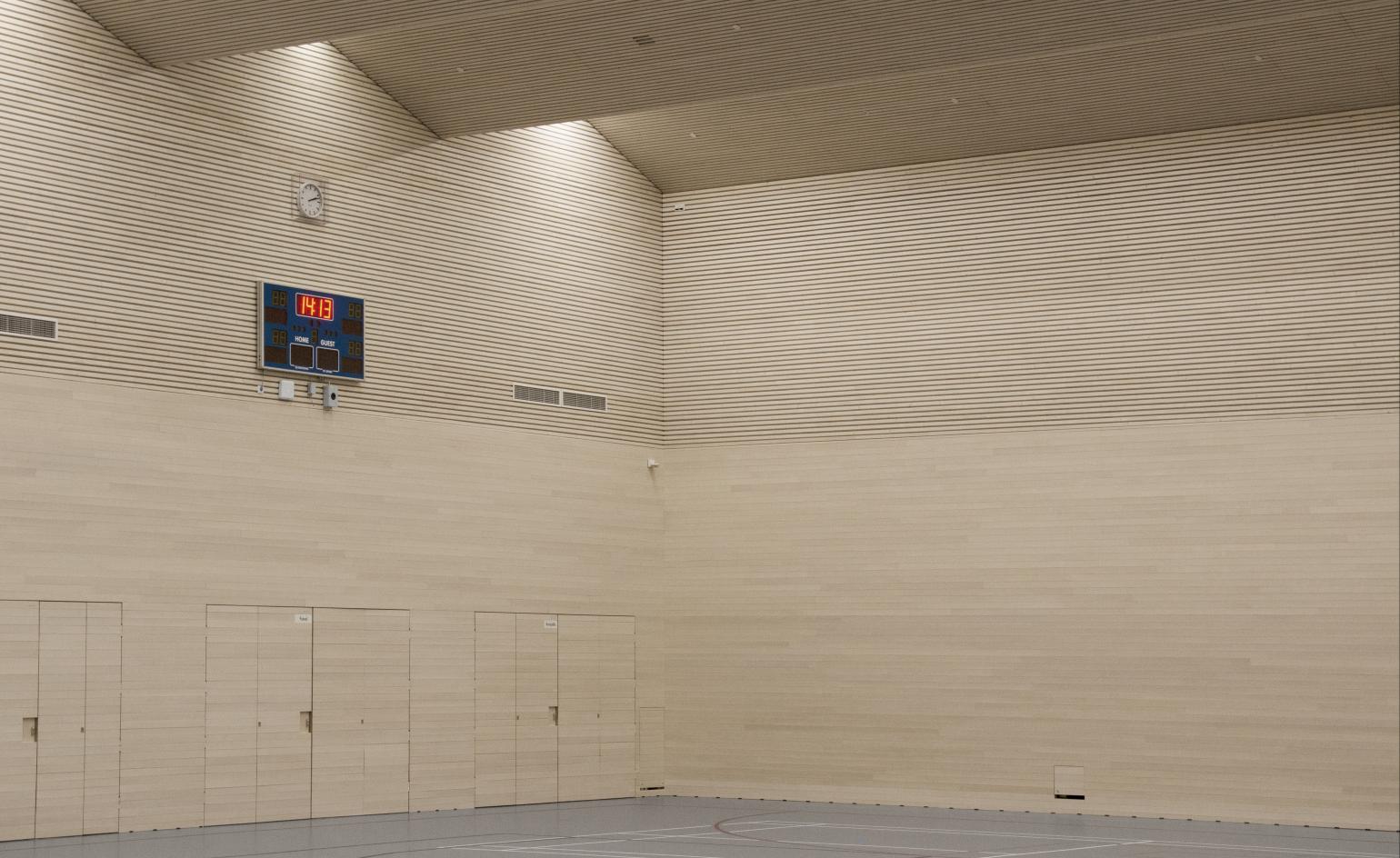 Janne Tuunanen captures modernist architecture of renovated Helsinki Olympic Stadium
Janne Tuunanen captures modernist architecture of renovated Helsinki Olympic StadiumPhotographer Janne Tuunanen captures the sharp modernist architecture of the recently renovated Helsinki Olympic Stadium in Finland in his latest series
By Ellie Stathaki